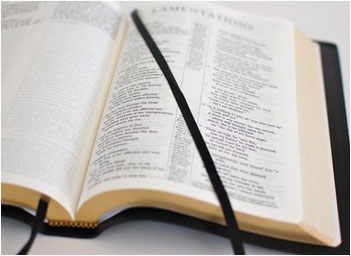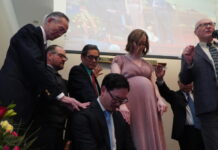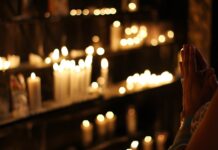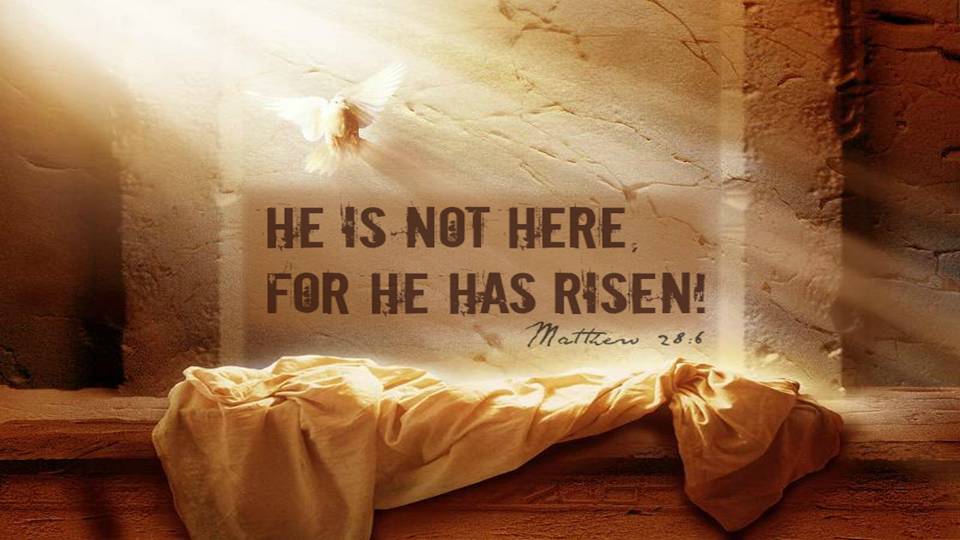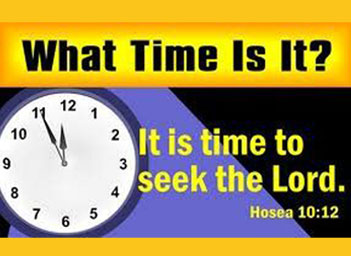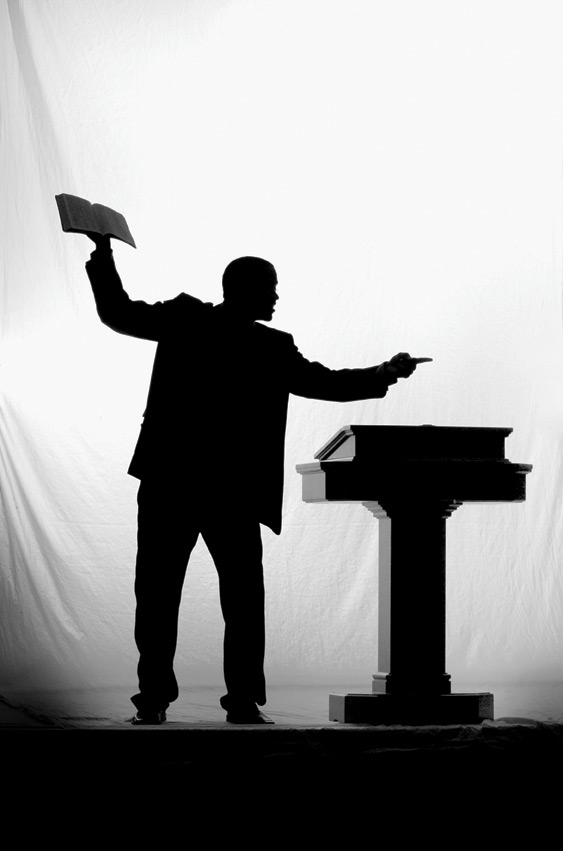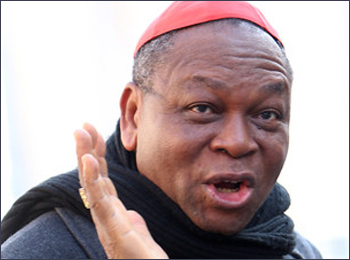 The Codex Washingtonianus, which is generally recognized as the third oldest Bible in the world, is now on display in a Washington, D.C., Smithsonian museum.
The Codex Washingtonianus, which is generally recognized as the third oldest Bible in the world, is now on display in a Washington, D.C., Smithsonian museum.
Featuring the four Gospels written in Greek, the priceless Codex Washingtonianus—also known as “the Washington Gospels”—is over 1,500 years old. The ancient Bible consists of nearly 200 14-by-21-inch parchment pages, complete with a painted wooden cover.
The Codex was first brought to the United States over 100 years ago, when Charles Lang Freer—a wealthy businessman from Detroit—purchased the Bible during a visit to Egypt. While in Egypt, Freer also bought a manuscript which featured text from the books of Deuteronomy and Joshua.
Today, Freer’s document collection is considered one of the most valuable compilations of Biblical manuscripts in the world. The Codex Washingtonianus is of special importance, since scholars believe it to be the third oldest complete text of the four Gospels in the world. Only the Codex Vaticanus in the Vatican and the Codex Sinaiticus in London are older.
Experts believe that scribes copied from multiple sources when first writing the Codex Washingtonianus during the fourth or fifth century. As a result, the Bible provides a glimpse into the nature of ancient fragmentary Scriptures.
Furthermore, the Codex was written at a historically significant time period for the Christian church, soon after the Roman Emperor Constantine legally sanctioned Christianity.
“But before that,” a recent National Geographic article reports, “Roman authorities persecuted Christian churches and their congregation. … The two scribes who transcribed the Washingtonianus likely copied from fragments of several Bibles—remnants perhaps from an attack on a Christian church.”
According to a statement from the Freer Gallery of Art in D.C., Freer first put the Codex Washingtonianus on display in November 1912. Now, for the first time since a brief public appearance in 2006, the Codex is again on public display—along with a variety of artworks collected by Freer.
“While Freer was interested in [other Biblical] scholarship, he was foremost a connoisseur intrigued by the beauty and mystery of [the Codex Washingtonianus and the Deuteronomy and Joshua manuscript],” the museum statement explains. “This installation returns the Washington manuscripts to the aesthetic context in which Freer most fully appreciated them—in a masterpiece of decoration where ‘all works of art go together, whatever their origins.’ ”
The Bible manuscripts will be on display free of charge in D.C.’s Freer Gallery of Art until February 16th of this year, according to reports. This rather brief window for public viewing is due to the light-sensitive nature of the ancient Biblical manuscripts, explains the Freer Gallery of Art’s website.
Until the rare Bible exhibit closes, many Christians are urging others to visit the special exhibition. Aaron Kraft, pastor of Franconia Baptist Church in nearby Alexandria, Virginia, wrote in a December 28th blog post that the Codex Washingtonianus offers an extraordinary glimpse into the early Christian church.
“When the Dead Sea Scrolls were found in the 1940s,” Kraft wrote, “scholars compared the Isaiah scroll (which was probably written around the 2nd century B.C.) and the Masoretic Text (which was the copied version of the Old Testament that dates from between the 7th and 10th century A.D.). They found that the two were essentially the same in spite of the 9 centuries that lapsed between the their creations. With that in mind, consider the fact that there are only three to four centuries since the life of Jesus Christ and the creation of Codex Washingtonianus.”
“My faith isn’t based on the existence of this artifact,” Kraft continued, “but it is certainly strengthened by it. Take advantage of such a rich treasure being located right here in our backyard.”



